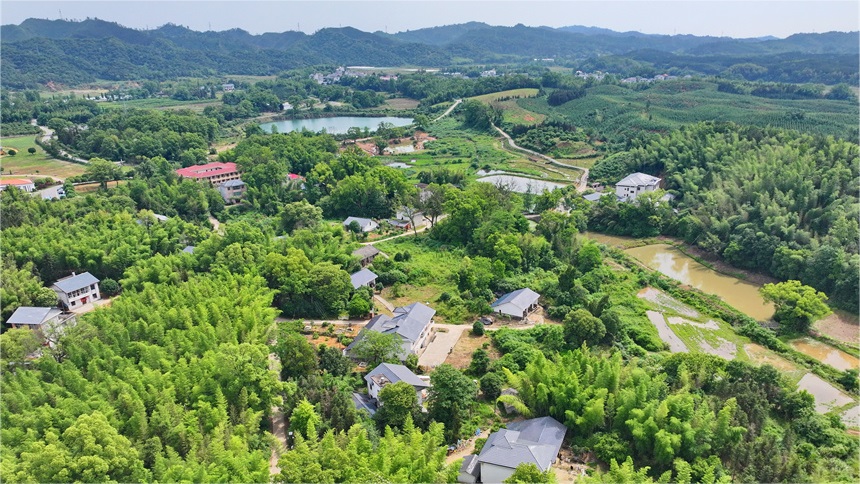Interview: RCEP, Cambodia-China FTA boost Cambodia's trade, investment: economist
PHNOM PENH, May 23 (Xinhua) -- The Regional Comprehensive Economic Partnership (RCEP) agreement and the Cambodia-China Free Trade Agreement (CCFTA) have boosted Cambodia's trade and investment, a regional expert said on Thursday.
Hoe Ee Khor, chief economist of the ASEAN (Association of Southeast Asian Nations) +3 Macroeconomic Research Office (AMRO), said under the RCEP, the reduction in tariffs and non-tariff barriers has made it easier for Cambodian goods to access larger markets.
"RCEP has helped to boost export diversification in Cambodia," he told Xinhua in an email. "Key Cambodian export sectors, such as garments and agricultural products, have benefited from improved market access and competitive pricing due to tariff reductions under the RCEP."
Khor said the exports of clothing, shoes, and bags, agricultural products, as well as vehicle spare parts from Cambodia to the RCEP region have been on the rise.
Cambodia exported products worth 3.36 billion U.S. dollars to the RCEP countries during the first four months of this year, up 16.2 percent from 2.89 billion dollars over the same period last year, according to the country's Ministry of Commerce.
Coming into effect in 2022, the RCEP comprises 15 Asia-Pacific countries including 10 ASEAN member states -- Brunei, Cambodia, Indonesia, Laos, Malaysia, Myanmar, the Philippines, Singapore, Thailand and Vietnam -- and their five trading partners, namely China, Japan, South Korea, Australia and New Zealand.
Speaking of the CCFTA, Khor said similar to the RCEP, the CCFTA has granted Cambodian goods more and easier access to the Chinese market.
"The exports of vehicle spare parts, bicycles, and wood articles to China all saw a significant surge," he said.
"Meanwhile, imports from China, such as motorcycles, cars, and buses, enjoyed significant growth, providing the people of Cambodia with more choices of durable consumer goods," he added.
Khor also observed more imports of electronic equipment and solar panel materials from China, which are used in the manufacturing of other products and then exported to other markets.
"In this regard, the CCFTA is also contributing to manufacturing diversification in Cambodia," he said.
He added that the CCFTA has also helped attract foreign direct investment from China to Cambodia.
The economist said both the RCEP and the CCFTA will further boost Cambodia's economic growth, which is projected at 5.6 percent in 2024, placing the kingdom among the countries with the fastest growth in the region.
Photos
Related Stories
Copyright © 2024 People's Daily Online. All Rights Reserved.









